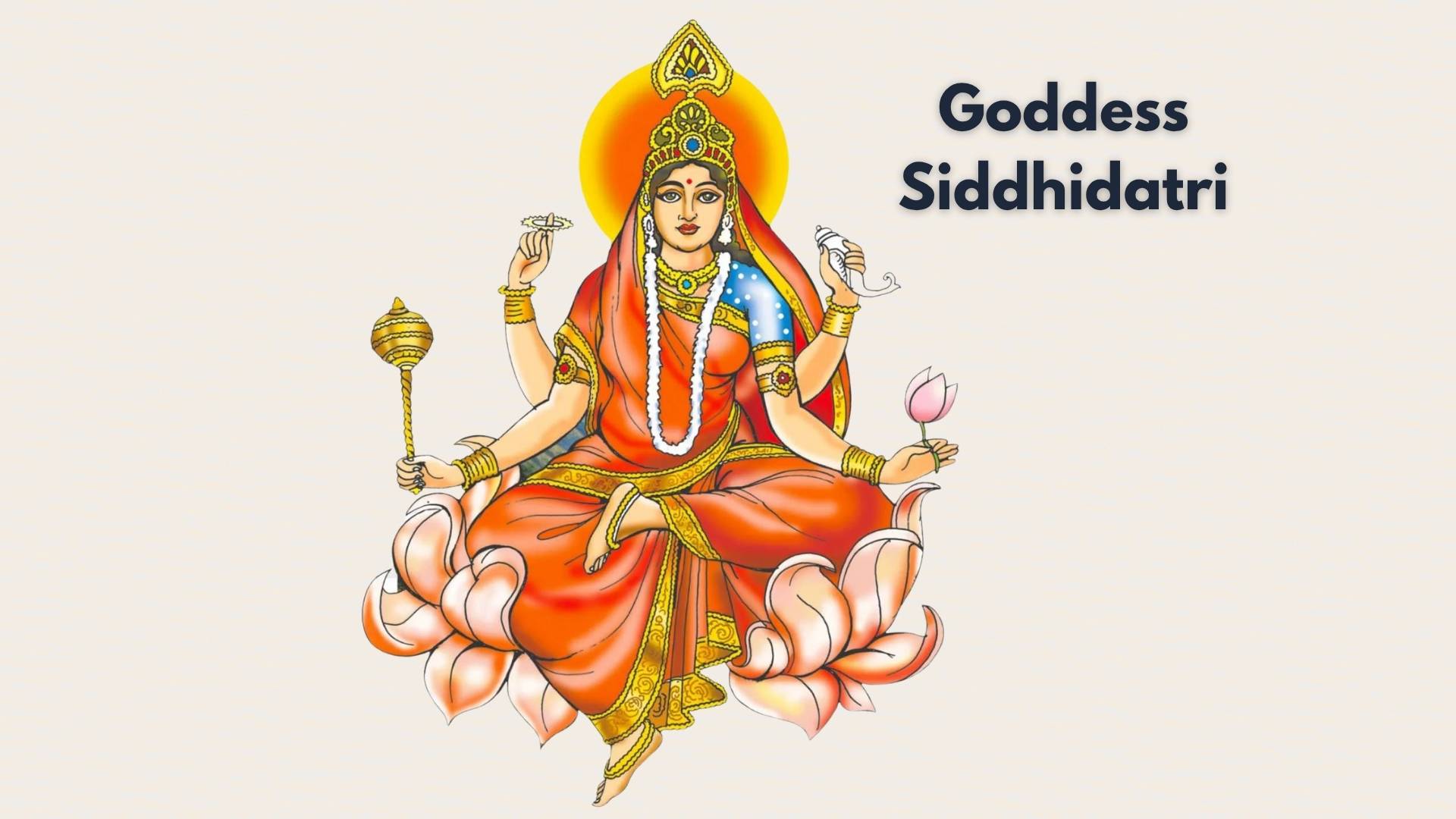
Worship of Goddess Siddhidatri on Ashwin Shukla Navami
On Ashwin Shukla Navami, the ninth day of Navaratri, devotees worship Goddess Siddhidatri with full Vedic rituals in Dashain Ghar or the sacred prayer room.
Every year, on this final day of Navaratri, the Vedic Sanatan tradition prescribes the ritual worship of Goddess Siddhidatri. She is called Siddhidatri because she grants liberation to seekers. She is also known as Siddhidayini since she is served by Siddhas, Gandharvas, Yakshas, Devas, and Asuras. She is revered as the ninth and last form of Navadurga.
Beliefs Associated with Goddess Siddhidatri
According to religious belief, worshiping Goddess Siddhidatri fulfills wishes. The nine names of Goddess Durga were revealed by Lord Brahma to Sage Markandeya, as mentioned in different Puranas. It is believed that by remembering these nine names alone, people can easily overcome difficulties and crises.
Beginning of Navaratri and Rituals
On the first day of Navaratri, Monday, Ashwin 6, Ghatasthapana was performed with Vedic rituals, and barley seeds were sown for Jamara in the Dashain Ghar or prayer room.
On the same day, the first goddess of Navadurga, Shailaputri, was invoked and worshiped. On the second day, Goddess Brahmacharini was worshiped. On the third day, Goddess Chandraghanta was worshiped with devotion.
On the fourth and fifth days, Goddess Kushmanda was worshiped with rituals. Since the Chaturthi Tithi overlapped with two sunrises, Kushmanda was worshiped on both days, as explained by Prof. Dr. Devmani Bhattarai, member of the Nepal Panchang Determination Committee.
On the sixth day, Skandamata, the fifth goddess of Navadurga, was worshiped.
On the seventh day, Goddess Katyayani was worshiped. On the eighth day, Goddess Kalaratri was worshiped. On the ninth day, Ashwin Shukla Ashtami, Mahagauri was worshiped.
On the final day, Ashwin Shukla Navami, special worship of Goddess Siddhidatri is performed with devotion and rituals, as stated by Prof. Bhattarai.
Recitations and Ritual Practices
During the nine days of Navaratri, recitations of Durga Saptashati (Chandi), Shrimad Devi Bhagavat, and other hymns of the goddess are performed in the Ghatasthapana site.
It is believed that by worshiping the goddess during Navaratri, one attains strength, prosperity, and wisdom. For this reason, followers of Vedic Sanatan Dharma conduct special worship of Goddess Durga every year from Ashwin Shukla Pratipada to Navami.
Continuation of Prasad and Festival
The Prasad from the nine days of worship is continued from Vijayadashami until Kojagrat Purnima. On Vijayadashami, devotees receive Tika and Prasad throughout the day from elders.
According to scriptural rules, the Prasad of Goddess Durga can be taken until Kojagrat Purnima. In this way, Nepali people celebrate the great Dashain festival for 15 days.
On the ninth day of Dashain, devotees also gather in large numbers at Shakti Peeths to worship and offer prayers.
Special Significance of Mahanavami
Since Mahanavami is the final day of Navaratri, Shakti Peeths across Nepal attract even more devotees for worship and darshan. Along with temples, households also perform special rituals with animal sacrifices and offerings, making this day significant for all worshipers.
Festival

